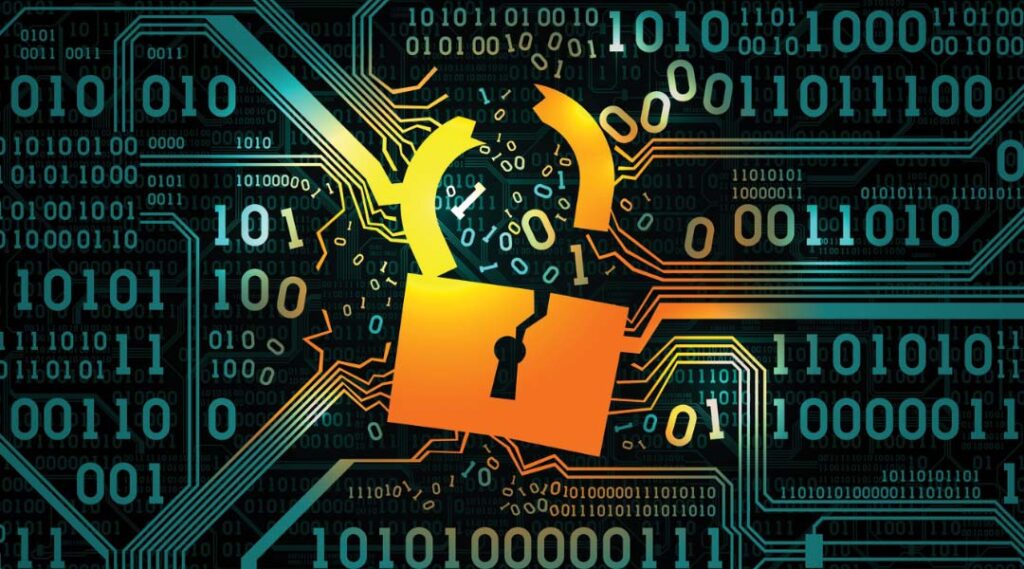What is a Malware Attack? Different Sources of Malware Attack

In our previous article, we understood common types of malware and how to identify malware attacks. In this article we will see different sources of malware, how do they harm your system and how to protect your identity from them.
There are multiple sources of malware through which Virus, Spyware, Trojans enter your system. Some of the common sources are:
1. Network – If you connect your device to any random network, there are higher possibilities that your system can get affected with malware attack. No matter you connect your device with LAN or wireless, if your network is infected; a malicious spyware can easily get into your system and can debilitate it.
2. Hacked or compromised websites – Most of the websites that appear genuine may contain malicious web pages. Hackers can compromise legitimate websites without knowledge of the owner. When you access these web pages, malwares get into your system through software vulnerabilities.
3. Removable devices – Often, worms and viruses enter your system through infected removable devices such as, USBs, CDs and other external hard drives. Once you connect these infected devices, malwares not only get into your system and destroy operating files and other data, but it also damages other systems, connected to the same network.
4. Emails – Hackers use emails as a source to send malwares in order to damage your system. Usually these emails contain malicious attached documents, say an invoice or a receipt. These emails manipulate you to open or download attachments and when you do so, spyware enters your system!
5. Malicious links and Advertisements – Often you receive spam links through messages or emails. Also, while browsing, unrealistic advertisements pop up. These links or advertisements usually contain malware. When you click or open them, it damages your system.
How to protect your personal data?
No one can prevent malware attacks, completely. But you can certainly protect your identity with few precautions.
• Do not connect to any network. Never connect your device to any random network. Always check network authenticity.
• Check protocol before accessing. Before browsing any website or accessing any webpage, check for secured protocol. The protocol for any website link should be ‘https’ and not just ‘http’. The ‘s’ in the protocol stands for ‘Secure’ which means the communication between browser and website is encrypted.
• Turn off Bluetooth and Wi-Fi. Keep your Wi-Fi and Bluetooth off, if not actively using, so that you can avoid getting connected to any random or malicious network automatically.
• Check application permission. Before downloading any third party app, check app permissions. If any app requires permission beyond its scope of functionality, do not download it.
• Verify before you open an email. Always verify the sender before opening an email. If you receive any message or email from unknown address, delete it right away. If an unknown email contains any attachment, do not open or save it. Also, do not click on any unwanted pop up.
• Always keep back-up of your valuable data. Keep a back-up of your data either in physical format or store in an external drive. Also, before using any removable device, like USB, CD or hard disk, scan it.
Last but not the least; among all malware sources, one equally potential source is, you. Yes, you read it right. If you stay inattentive regarding data protection softwares, you apparently put your identity at enormous risk.
